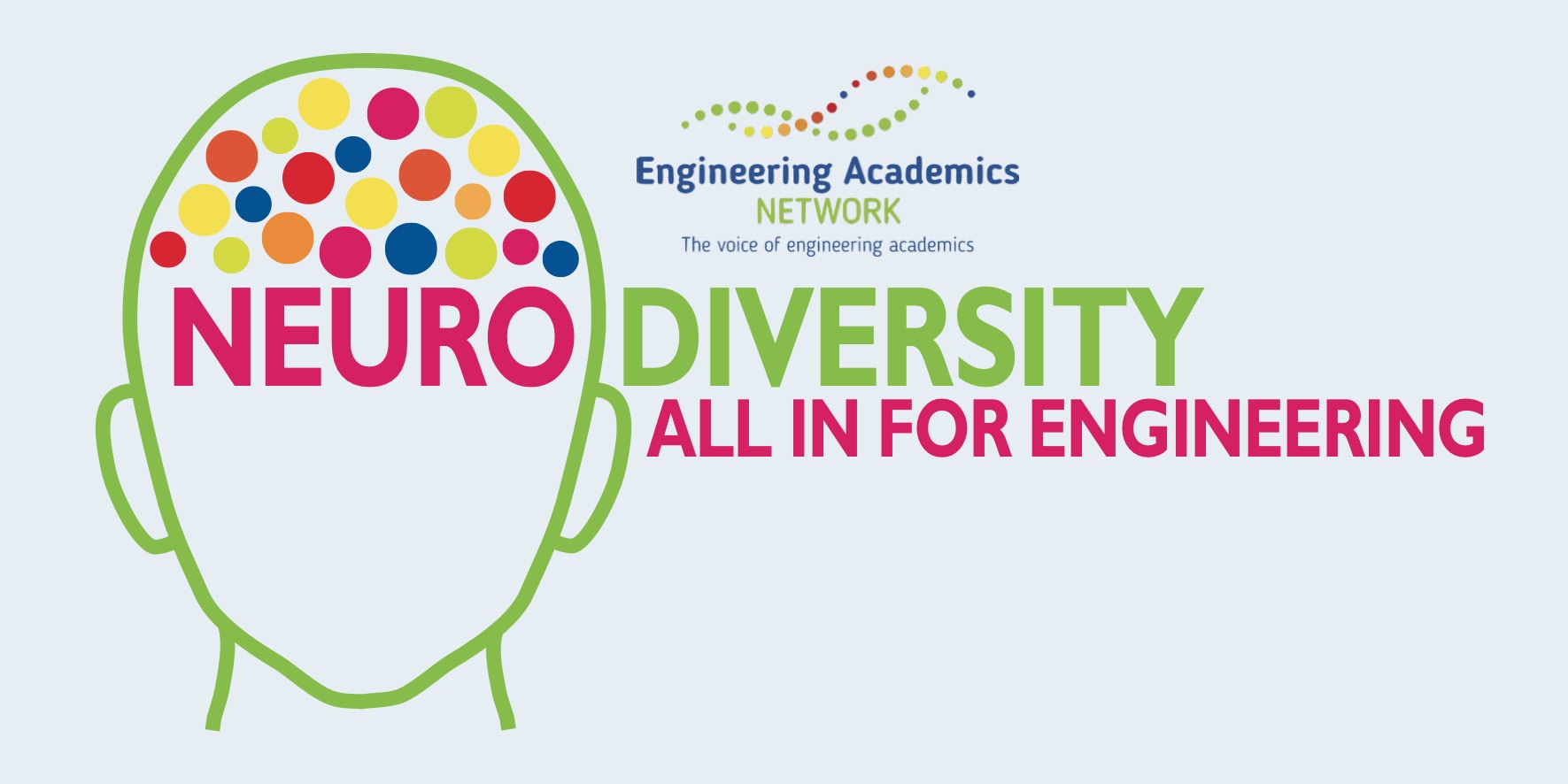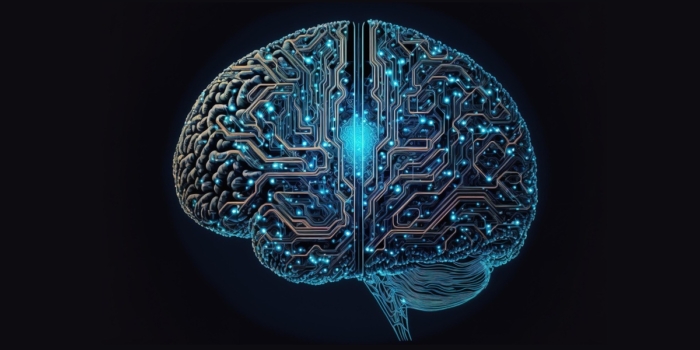Neurodiversity describes the diverse and varying ways that our brains are ‘wired’, the natural variations in human neurology. Different brains have different strengths and view the world in different ways. Harnessing differences ensures true diversity of thought in engineering design, bringing with it creativity, problem solving, hyperfocus, attention to detail, the list goes on… In fact, it has been suggested that Neurodivergent brains may be more ‘specialist’ than the ‘generalist’ Neurotypical brains.
The populist perception of thinking like an engineer could be more than a turn of phrase. A number of studies have shown that people diagnosed with autism spectrum disorder, for example, often have advantageous traits in the information technology field as programmers, code checkers, and with similarly detailed work. But while the “oft-wheeled-out and false stereotype that autism is the preserve of scientists” may belie the scope of strengths such variation brings, collective lived experiences may suggest a truth in the anecdote that engineers are often “on the spectrum”. This typically refers to traits and characteristics, of varying degrees, associated with ‘medical conditions’ including attentionDeficit/Hyperactivity Disorder (ADHD); Autism Spectrum Disorder (ASD); Developmental Coordination Disorder (DCD, also known as Dyspraxia); Developmental Language Disorder; Dyscalculia; Dyslexia; Learning Disability; and Tic Disorders, including Tourette’s Syndrome. Individuals with these traits and characteristics are today referred to as neurodivergent. People who do not have these traits and characteristics are commonly known as neurotypical. It is estimated that between 15 and 20 percent of the population are neurodivergent.
At glance, HE engineering admissions data does not fully support this claim. It shows that those declaring a disability are underrepresented in engineering given the distribution of accepted applicants declaring a disability across all subjects. Of those declaring a disability who are
accepted, Autistic disorder and Learning difficulties are overrepresente in Engineering. But compared to the accepted applicant population as a whole net of those without disabilities, the proportion of students declaring an Autistic disorder, for example, is only marginally greater than what we would expect to see and is in fact greater in arts, languages and humanities. Given the of co-occurrence of many neurodivergences and the complex intersectionality of neurodivergence with other social classifications (such as gender, ethnicity, age) in the context of the full student journey, this lens only scratches the surface. There is much noise in categorising and declaring differences within the deficit medical model of disability, and greater richness to be found in the social model, which places the deficit on society. The data in this arena is elusive.
The fact is we do not yet understand the extent of neurodiversity in HE engineering; much research suggests that lack of data, as well as attitudes are the biggest barriers to inclusion.




